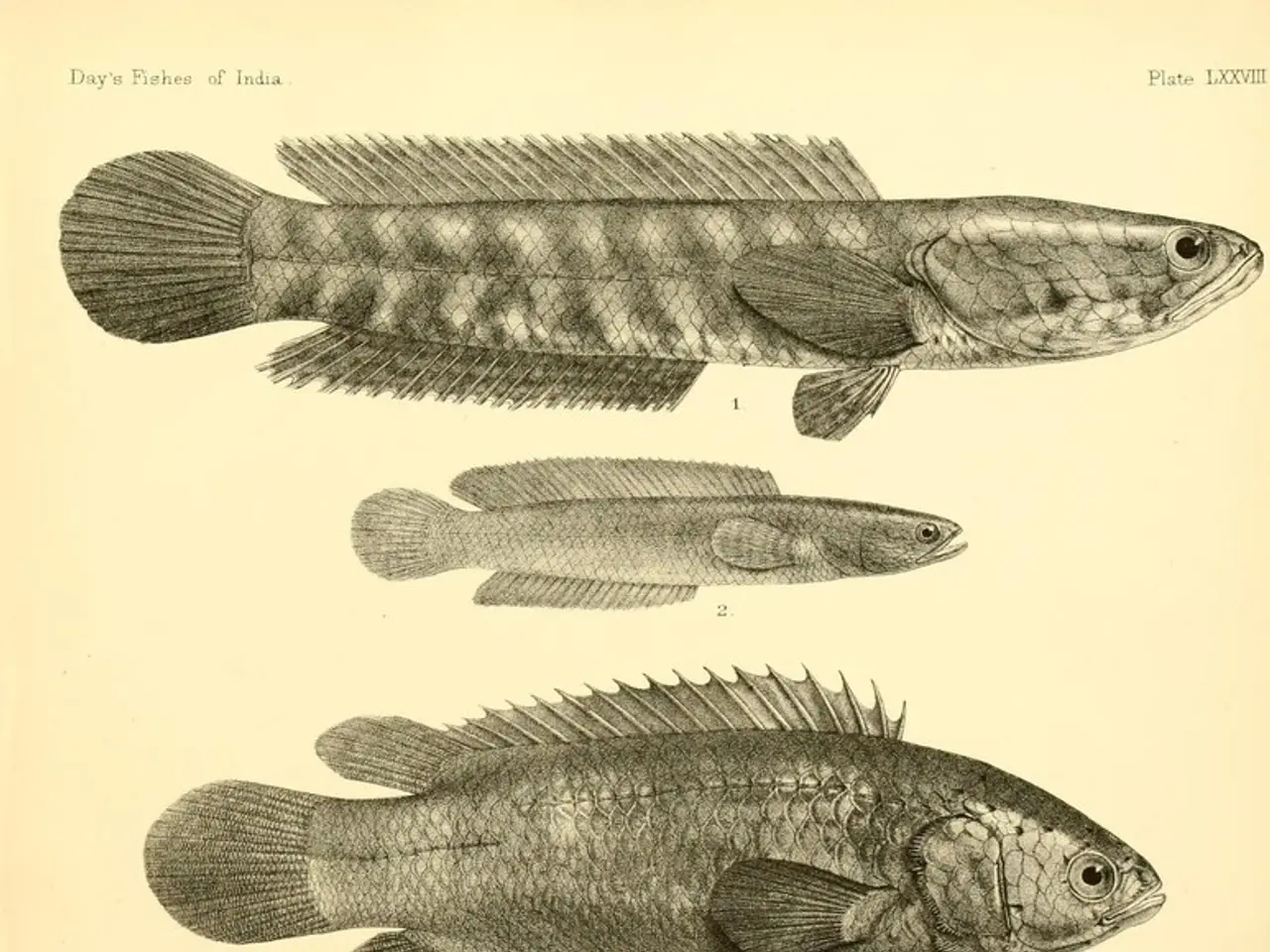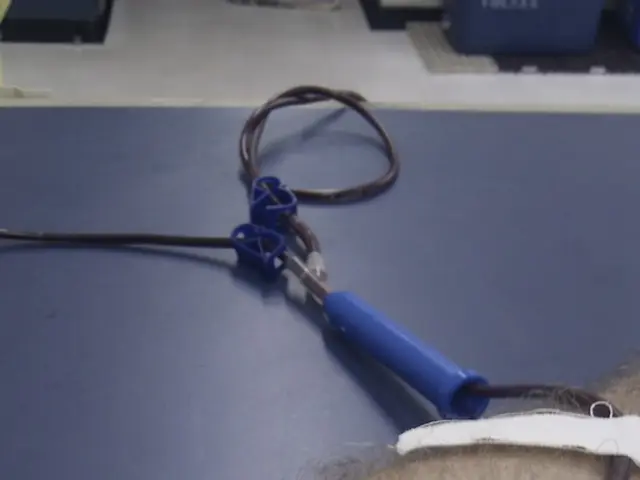Uncovered through Ancient DNA: The Ancestral Formula of Roman Fish Sauce
In a groundbreaking discovery, an international team of researchers has uncovered a fascinating link between the sardines consumed by the ancient Romans and their modern-day counterparts. The study, published in the prestigious journal Antiquity, analysed DNA from fish remains found in Roman-era fish-salting vats, potentially opening a new research avenue into the subsistence economies, cultures, and diets of past human populations.
The research, led by Paula Campos, a researcher at the University of Porto specializing in ancient DNA, focused on a fish-salting vat at a Roman-era cetaria (coastal fish-salting plant) in northwest Spain. By comparing ancient DNA sequences extracted from the fish remains with those of contemporary sardine populations, the team found that the sardines used by the Romans are genetically very similar to today's sardines.
This finding provides valuable insights into the long-term stability of sardine populations and suggests that the species exploited by the Romans has persisted with little genetic change over two millennia. The intense processing at fish-salting plants makes it difficult to visually identify species from their remains, but the study reveals that usable DNA can be recovered even from small bone remains found at the bottom of these vats.
The Romans created sauces like garum by crushing and fermenting small fish, a process that remains popular today in various forms, such as Worcestershire sauce and Southeast Asian fish sauces. This DNA analysis sheds light on Roman-era sardines, offering insights into ancient diets, culture, and fish populations.
Moreover, the study demonstrates a successful way of accessing an overlooked archaeological resource for the study of past fish consumption and population dynamics of commercially relevant fish species. The findings could potentially lead to further research on archaeological fish remains, opening the door for future investigations into the history of food production and consumption in ancient civilizations.
The study's findings also suggest that fish were a significant source of food in ancient Rome, furthering our understanding of the dietary habits of the Roman populace. This research not only provides information on fish populations that cannot be obtained from fishery catch data or modern specimens alone but also offers a unique perspective on the continuity of certain food traditions across centuries.
In conclusion, the genetic analysis of fish remains from ancient Roman fish-salting plants has revealed a remarkable genetic continuity between Roman-era sardines and their modern-day counterparts. This discovery not only offers a fascinating glimpse into the past but also paves the way for future research on archaeological fish remains, contributing to our understanding of the history of food production and consumption in ancient civilizations.
[1] Campos, P., et al. (2023). Genetic continuity of Roman-era sardines revealed through DNA analysis of fish remains from a fish-salting plant. Antiquity. DOI: 10.15184/aqy.2023.167
- The genetic continuity between Roman-era sardines and modern-day sardines, as revealed by the study, hints at possible links between ancient Rome's culture and their modern-day counterparts, particularly in the realm of food-and-drink and lifestyle.
- The use of AI and sophisticated DNA analysis in archaeology, as demonstrated by this study, is not only shedding light on past civilizations' diets and health-and-wellness but also paving the way for future discoveries in the field of science.
- The consumption of sardines, a key component of Roman diets, has evidently played a significant role in their nutrition, reflecting a deep understanding of the importance of nutrition in their ancient culture.
- The discovery could potentially inspire further research at the intersection of archaeology, AI, science, and nutrition, providing valuable insights into the dietary habits and health-and-wellness practices of ancient civilizations, thereby enriching our understanding of various aspects of their culture.







